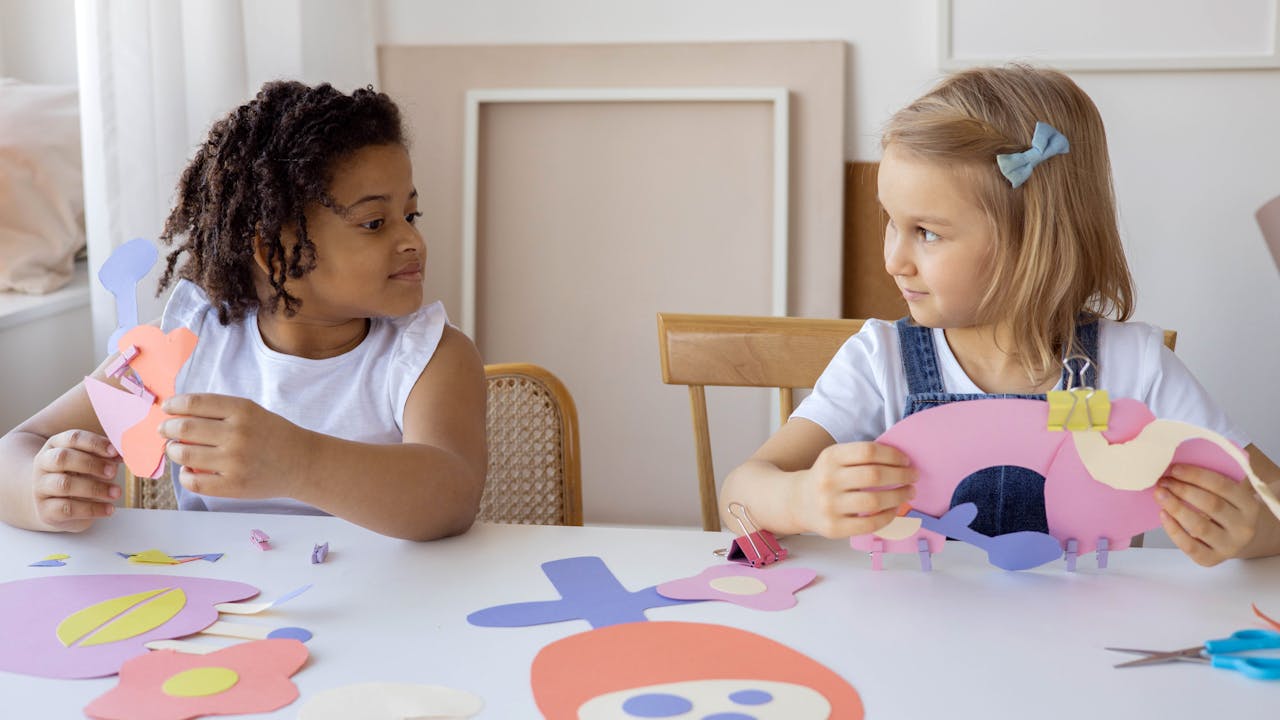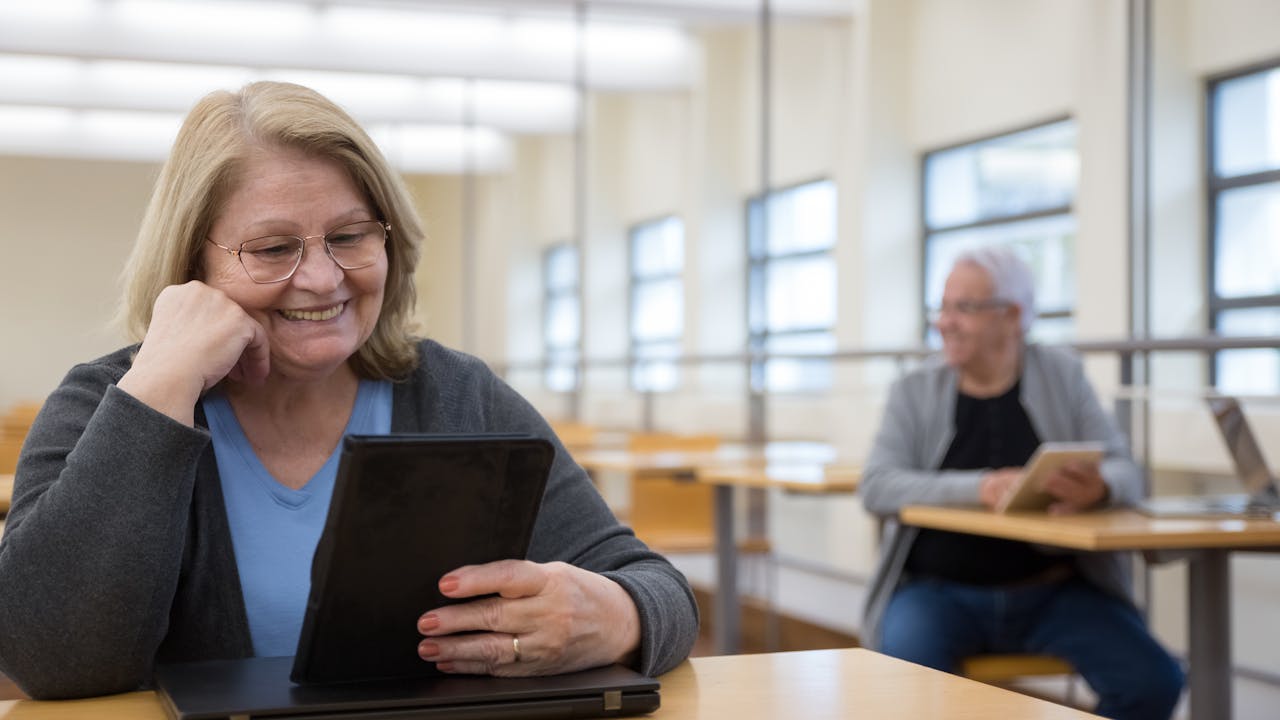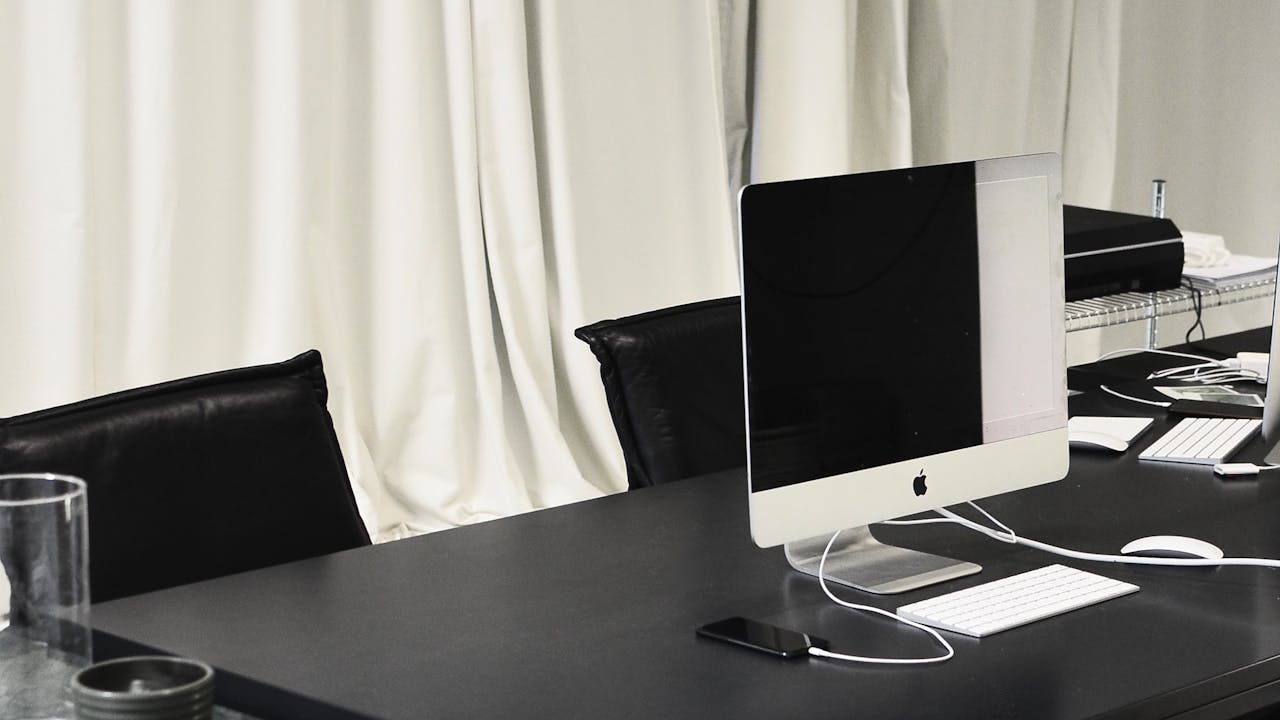In the dynamic landscape of education, there’s a clarion call for a paradigm shift. No longer can rote memorization and standardized testing suffice in preparing students for the complexities of the modern world. Instead, the spotlight is on creativity—the cornerstone of innovation, problem-solving, and adaptability. Let’s embark on a journey through the realms of education, exploring how creativity can be fostered, nurtured, and unleashed to empower the minds of tomorrow.
Understanding Creativity: Beyond Conventional Boundaries
Creativity transcends the confines of traditional subjects and syllabi. It’s the spark that ignites curiosity, fuels imagination, and drives exploration. In education, fostering creativity involves creating an environment where students feel empowered to think critically, express themselves freely, and embrace failure as a stepping stone towards innovation.
Breaking Free from the Shackles: Rethinking Education
The traditional model of education often prioritizes conformity over creativity. However, educators worldwide are challenging this status quo by introducing innovative teaching methodologies that encourage experimentation and divergent thinking. From project-based learning to design thinking workshops, these approaches aim to cultivate creativity by placing students at the helm of their learning journey.
Empowering Educators: The Catalysts of Creativity
Educators play a pivotal role in nurturing creativity within the classroom. By fostering a supportive and inclusive learning environment, teachers can inspire students to explore their passions, challenge assumptions, and think outside the box. Professional development programs that focus on creative pedagogies equip teachers with the tools and strategies needed to unlock the full potential of their students.
Embracing Diversity: Celebrating Different Perspectives
Creativity thrives in environments where diverse perspectives are welcomed and celebrated. Inclusive classrooms that embrace students from various cultural, socioeconomic, and academic backgrounds provide fertile ground for creativity to flourish. By encouraging collaboration and dialogue, educators can harness the collective wisdom of their students, fostering a culture of innovation and mutual respect.
From STEM to STEAM: Integrating Creativity Across Disciplines
Incorporating creativity into STEM education is not just a luxury but a necessity. The integration of arts and humanities into science, technology, engineering, and mathematics (STEM) curricula gives rise to STEAM education—a holistic approach that nurtures both analytical and creative thinking skills. Through hands-on projects and interdisciplinary exploration, students learn to approach problems from multiple perspectives, fostering innovation and resilience.
The Role of Technology: Enabling Creativity in the Digital Age
In today’s digital age, technology serves as a powerful catalyst for creativity in education. From coding and programming to digital media production, technological tools empower students to express their creativity in new and exciting ways. Virtual reality, artificial intelligence, and gamification offer immersive learning experiences that spark curiosity and inspire innovation, bridging the gap between the physical and digital realms.
Cultivating Creative Confidence: Embracing Failure as a Path to Success
Creativity flourishes in environments where failure is viewed not as a setback but as an opportunity for growth. By fostering a culture of creative confidence, educators empower students to take risks, experiment with new ideas, and learn from their mistakes. Embracing failure as a natural part of the learning process instills resilience and perseverance, essential qualities for navigating the challenges of the 21st century.
Beyond the Classroom: Engaging with the Community
Creativity knows no boundaries, extending beyond the confines of the classroom into the broader community. Service-learning projects, internships, and partnerships with local organizations provide students with real-world experiences that foster creativity, empathy, and social responsibility. By engaging with the community, students gain valuable insights into pressing issues and develop innovative solutions that make a positive impact.
Measuring Success: Rethinking Assessment in the Creative Age
In the creative age, traditional forms of assessment fall short in capturing the multifaceted nature of learning. Instead of relying solely on standardized tests and grades, educators are exploring alternative methods of assessment that emphasize creativity, critical thinking, and collaboration. Portfolios, presentations, and peer evaluations provide a more holistic view of student achievement, celebrating individual growth and innovation.
Cultivating Creativity for a Brighter Tomorrow
As we navigate the complexities of the 21st century, creativity emerges as a beacon of hope, guiding us towards a brighter and more sustainable future. By embracing creativity in education, we empower the minds of tomorrow to imagine, innovate, and inspire change. Together, let us embark on this transformative journey, reimagining education as a catalyst for creativity, empowerment, and lifelong learning.




